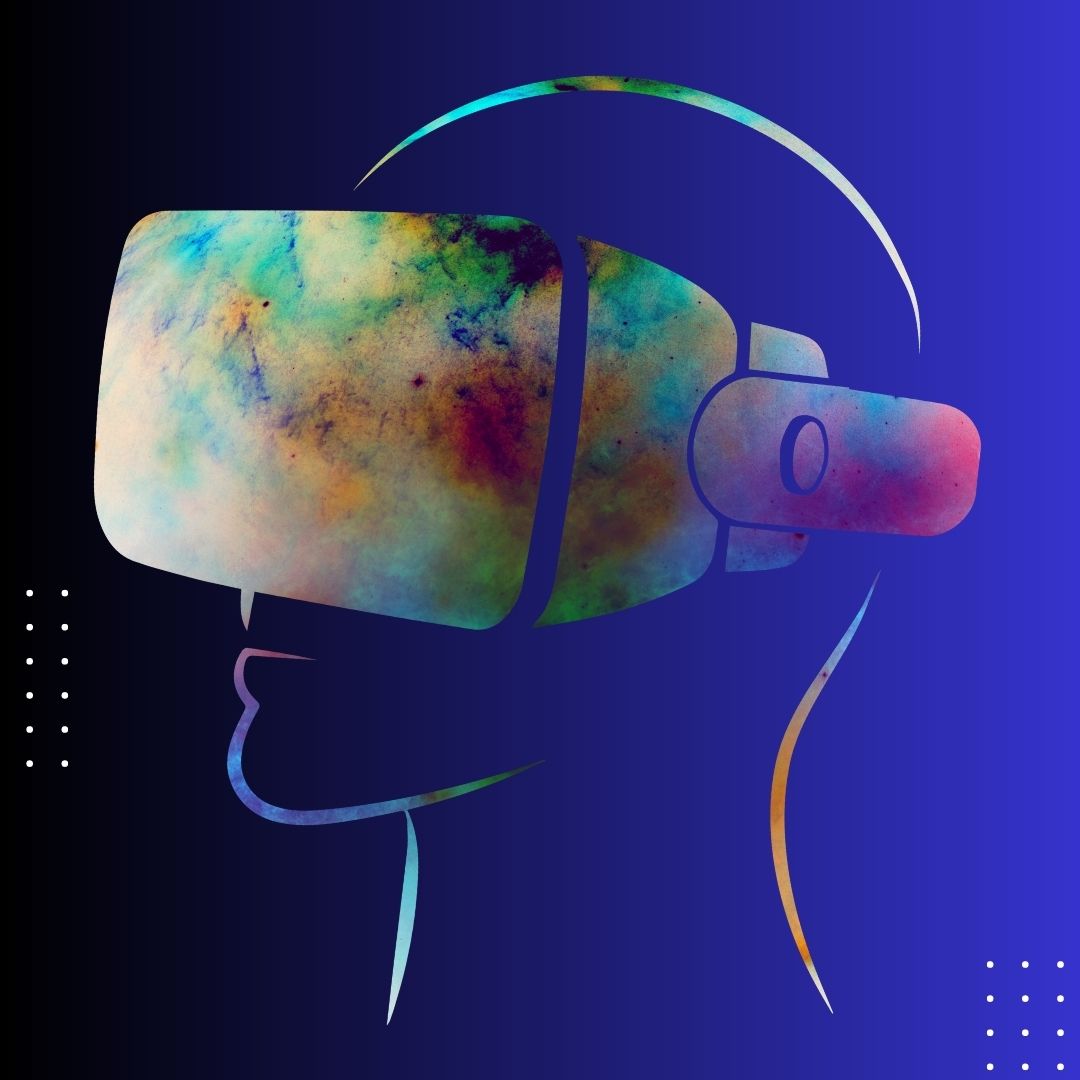Safeguarding cybersecurity in the metaverse
Evie Lunn speaks to Lars Seier Cristensen, founder of Concordium, about the challenges posed by the metaverse and how we can ensure safe and secure explorations in this new digital landscape.

Image: Canva
The metaverse is a virtual reality space where users can interact with each other in real time. It combines elements of virtual reality, augmented reality, and the internet to create a shared and immersive online world where people can socialise, play games, and create and trade virtual assets. It wouldn’t be an overstatement to claim that the metaverse has the potential to revolutionise how we live, work, and interact with each-other.
In the metaverse, it is tempting to think that users are limited only by their imagination. But as this virtual world emerges as a new environment for human exploration and interaction, it brings with it a plethora of cybersecurity risks that need to be carefully considered.
According to Lars Seier Cristensen, founder of blockchain platform Concordium, virtual environments will likely become our primary mode of interaction in the near future. Just as in the physical world, cybersecurity risks in the metaverse include fraud, misinformation, and the exploitation of personal identities and data. A particularly significant concern is the difficulty in verifying the identities of participants, making it challenging to discern the intentions of others and leaving individuals vulnerable to identity theft.
To mitigate these threats, it is imperative to anchor identity, ownership, and data within immutable infrastructures. Cristensen is confident that blockchain technology could hold the solution. Concordium, for example, focuses on offering self-sovereign identities and ensures privacy through encrypted data and messaging. By establishing secure and trusted identities, individuals can selectively share data only with trusted entities, thus safeguarding their privacy and protecting their personal information.
While government regulation will play a role in ensuring the security of individuals in the metaverse, Cristensen believes that consumer-driven demand for certainty and trust will play an even bigger role. Governments will likely have a vested interest in protecting individuals from fake news, misinformation, and fostering a safe digital environment that promotes economic growth and innovation. As a result, regulatory efforts will emerge, but individual demands for security and privacy will likely drive the adoption of solutions that facilitate a safer digital world.
As the metaverse gains prominence, it has the potential to blur the boundaries between the public and private spheres. Traditional notions of privacy and security will undergo significant transformations, and one of the best ways to adapt to these changes is by anchoring the metaverse on infrastructure solutions like Concordium. Such targeted solutions can help strike a balance between the need for security and the desire for innovation.
With the metaverse enabling new forms of social interaction, it raises important ethical considerations about issues like hate speech, free speech, and online harassment. With personal identity so carefully protected, there are many who are concerned that the metaverse will provide internet trolls or even terrorists with a safety blanket that facilitates anonymous and ‘risk-free’ violence and crime. The ease of information sharing also amplifies the spread of misinformation, potentially leading to online radicalisation and extremist activities. Importantly, the metaverse challenges conventional notions of power and authority, which have historically been prone to abuse. Although Cristensen acknowledges that this opens avenues for misinformation, he also believes that the metaverse levels the playing field for information access. Blockchain technology, exemplified by platforms like Concordium, can help distinguish between actors with good and bad intentions, ultimately mitigating risks associated with cyberwarfare.
The rise of the metaverse symbolises society’s evolving relationship with risk and uncertainty. But this doesn’t mean that this new kind of reality is something to be afraid of, or even something that is unnatural or different from the way humans have communicated before. “I believe virtual reality is just a natural progression of how we share information and experiences [...] It is a direct continuation of our development from the elderly and well-travelled sharing their experiences at tribal fires, through the invention of writing, followed by illustrations such as paintings, leading to photography, movie theatres, TV, gaming - and now metaverses and virtual worlds,” says Cristensen.
As humanity begins its journey into the metaverse, cybersecurity risks necessitate careful consideration. The emergence of this virtual world challenges traditional notions of privacy, security, and authority. It blurs the boundaries between public and private spaces and demands a delicate balance between innovation and protection. While the metaverse introduces new challenges, it also presents opportunities for innovative solutions - such as blockchain technology - to safeguard identities, protect data, and establish trust.
With advancements in technology and the collective effort to prioritise cybersecurity, we can unlock the full potential of this digital landscape without compromising our creativity or our safety.